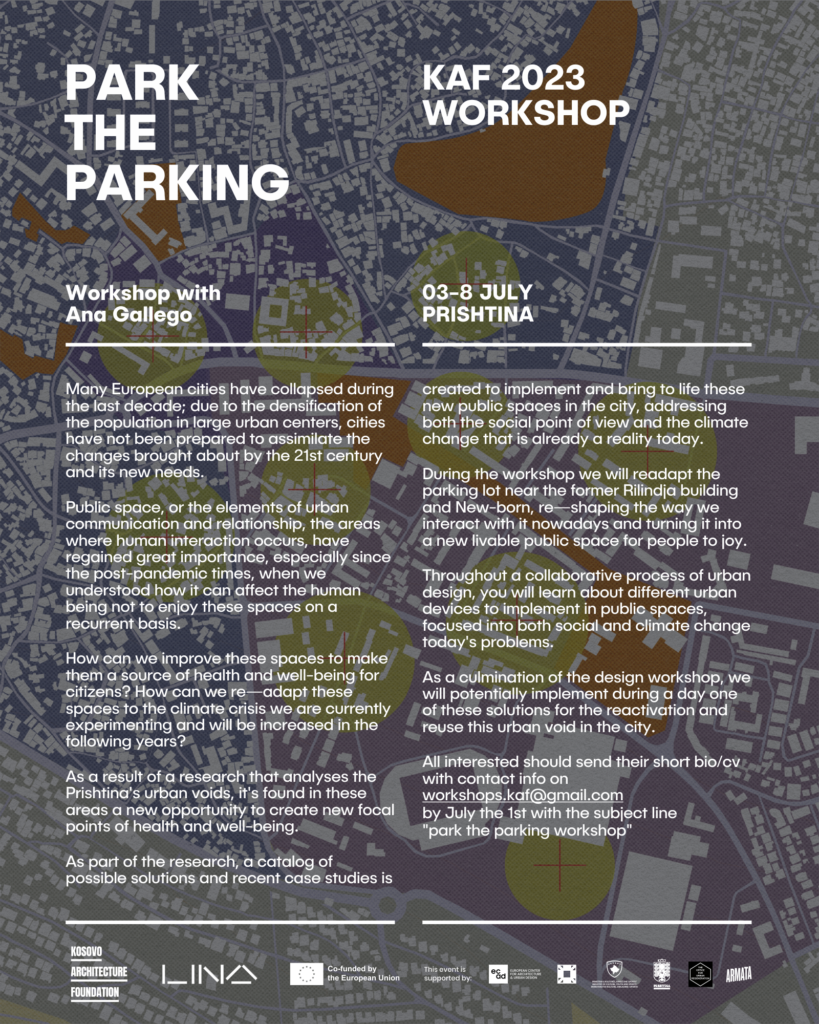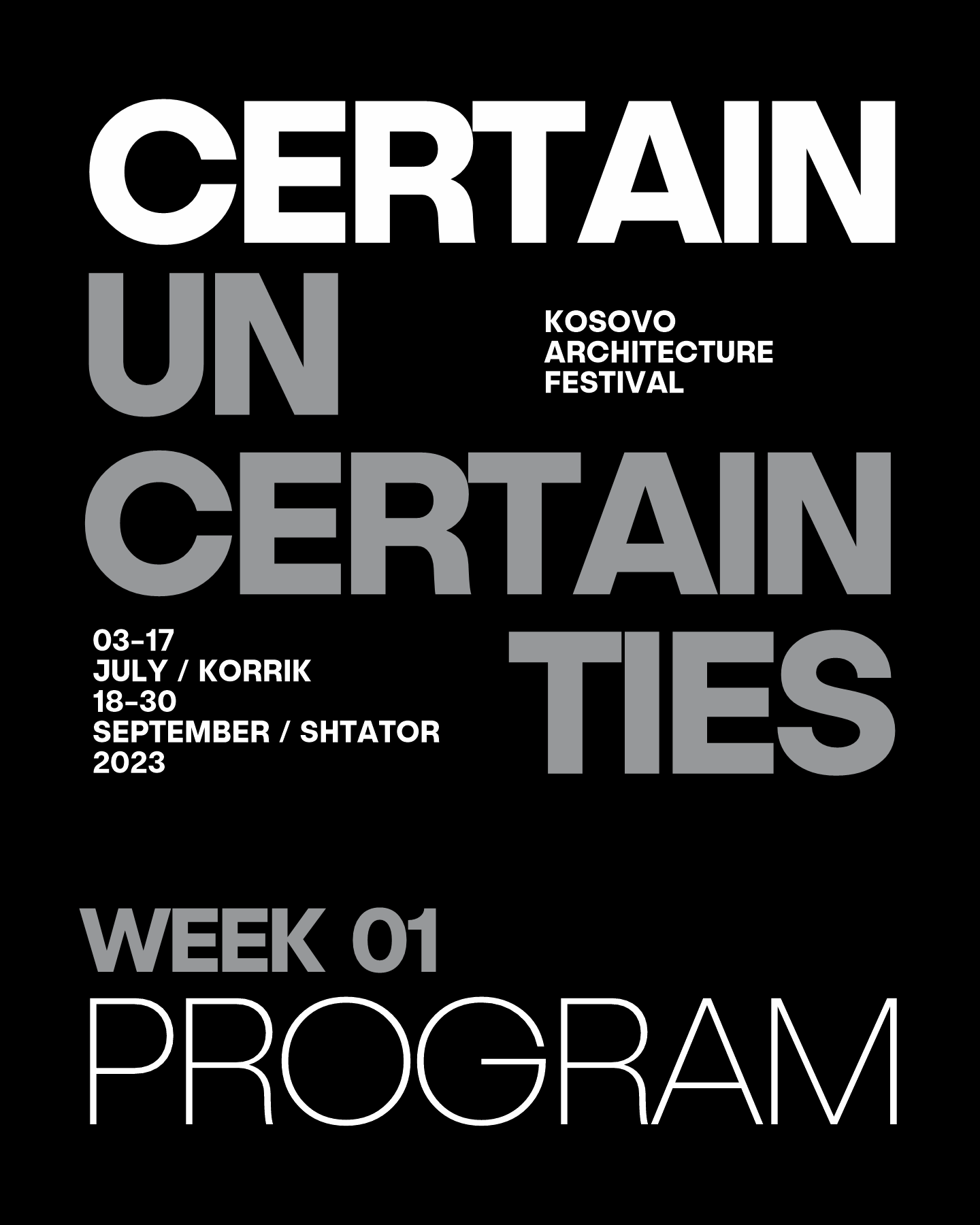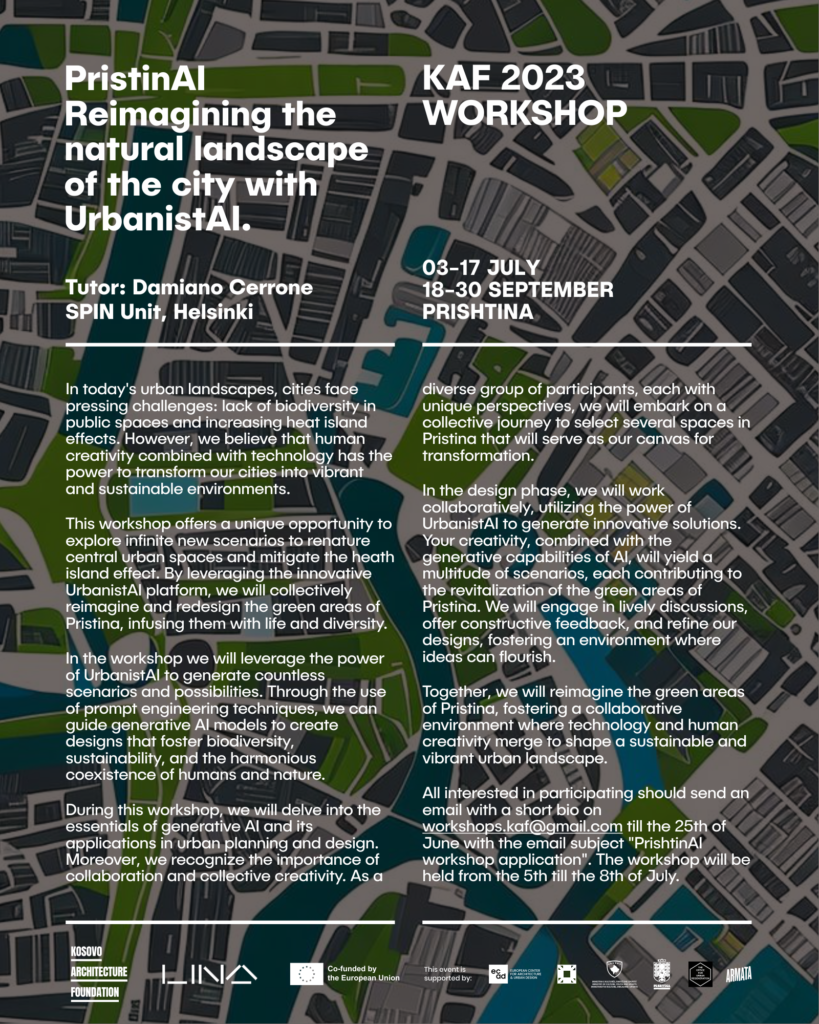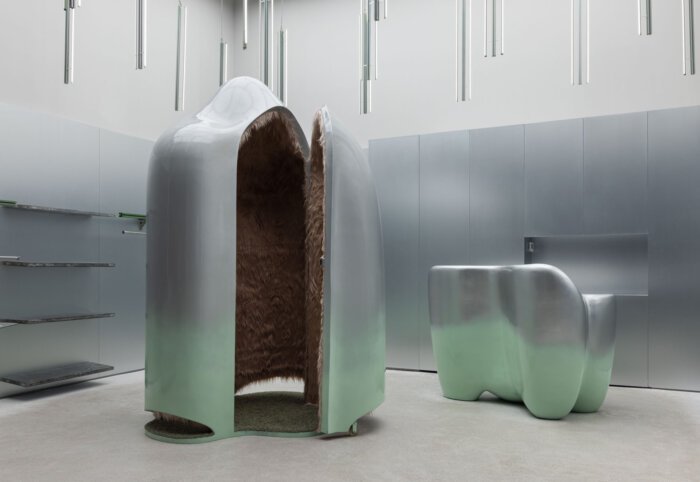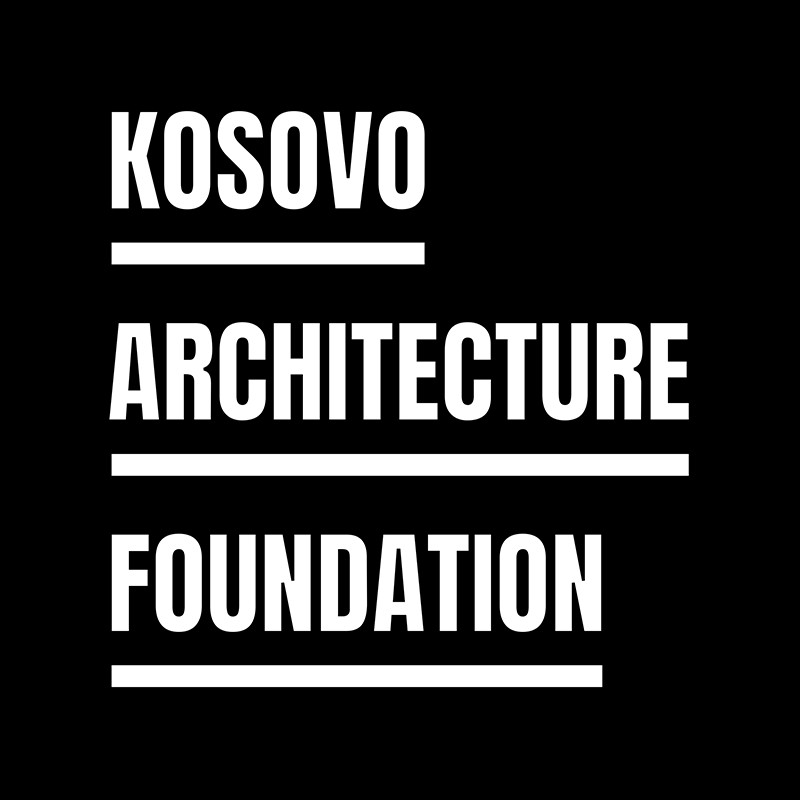
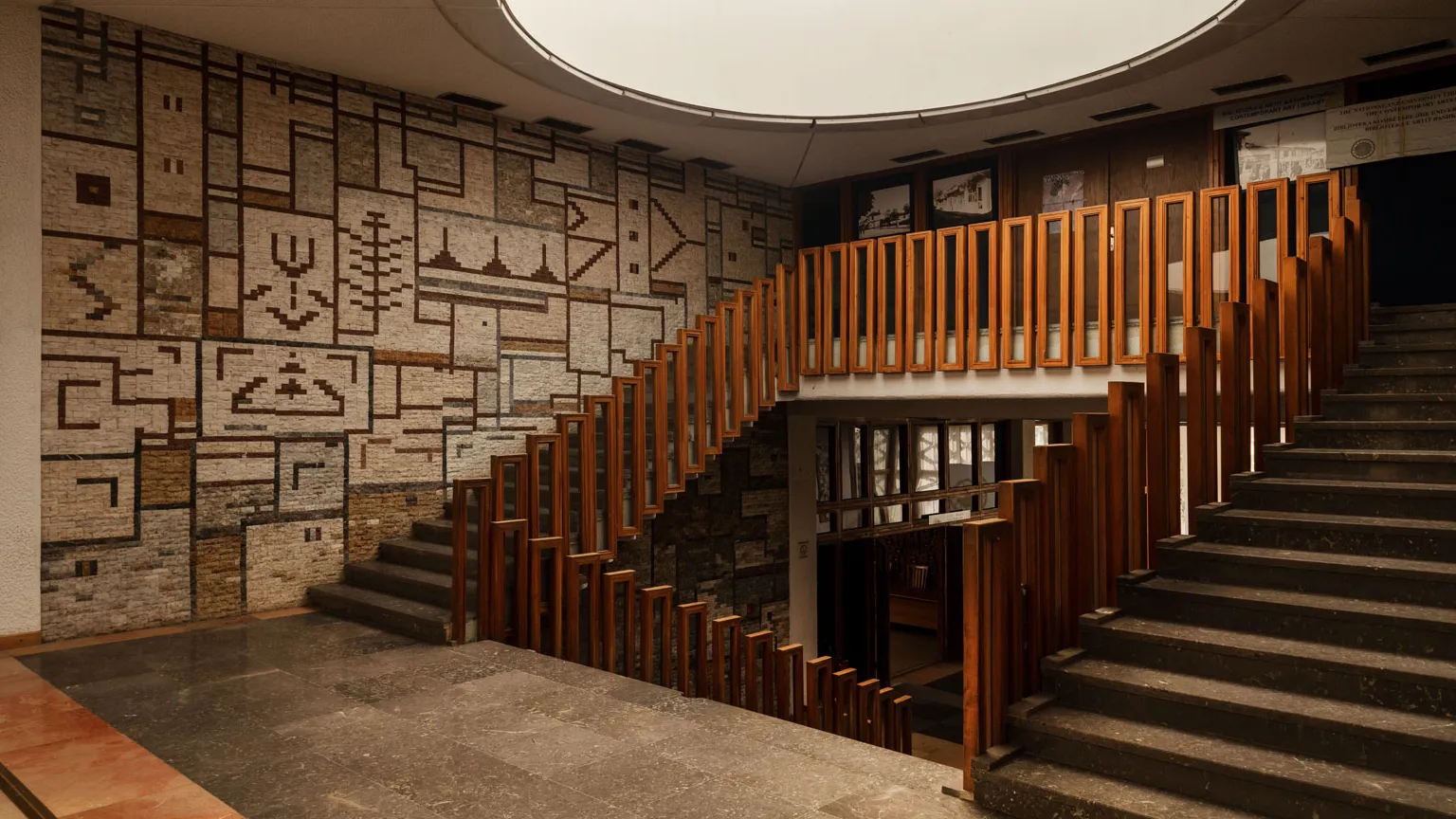
LITERARY CIRCLES
In the January 2024 issues of the World of Interiors our founding director Bekim Ramku published a text on the most iconic building in our country, the Pjeter Bogdani, Kosovo National Library. Below is the text which was published online and on print, enjoy!
Designing the National Library of Kosovo in Pristina in the early 1970s, Andrija Mutnjaković deployed the dome as one of his fundamental forms in order to mark the Ottoman empire’s impact on the region. The architect also drew on Byzantine and Romanesque elements to conjure a distinctively Balkan take on Brutalism – and a building that divides opinion, as Bekim Ramku reports
Written by Bekim Ramku | Photography by Oskar Proctor
One summer’s day in 1970 a young Croatian architect received a call from none other than the general secretary of the League of Communists of Kosovo, asking if he’d like to design a library for a new university in Pristina. Andrija Mutnjaković, now 93, remembers it well. It was unusual not just be cause direct commissions from the state (the Socialist Federal Republic of Yugoslavia) were rare, but they were normally awarded only to well established practitioners, and the man approached did not have a single built project to his name.
The student revolts that ricocheted around the world in 1968 also spread to the Socialist Autonomous Province of Kosovo, where ethnic Albanians took to the streets in mass demonstrations to demand greater self determination. In the wake of the unrest, the Yugoslav government scrambled to build the country’s first Albanian speaking university. The person commissioned to plan the Pristina University campus was the most established Kosovar architect at the time, Bashkim Fehmiu. He designed the university campus to resemble a ‘mat’ building (that is, low rise and based on a modular grid system), similar to Berlin’s Freie Universität of the early 1960s. The centre of the campus was to be dominated by an open air amphitheatre and a grand library. Mutnjaković had recently lost a competition for the design of the Sarajevo Library, and it was mockup images of this project that helped Fehmiu convince local communist leaders to trust the young Croat with the design of the most important building in Pristina.
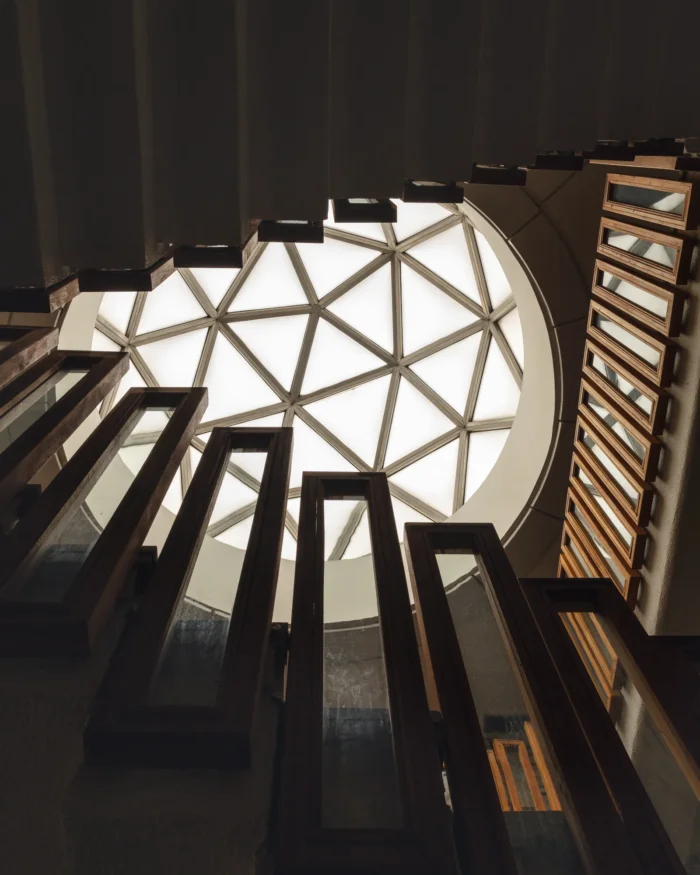
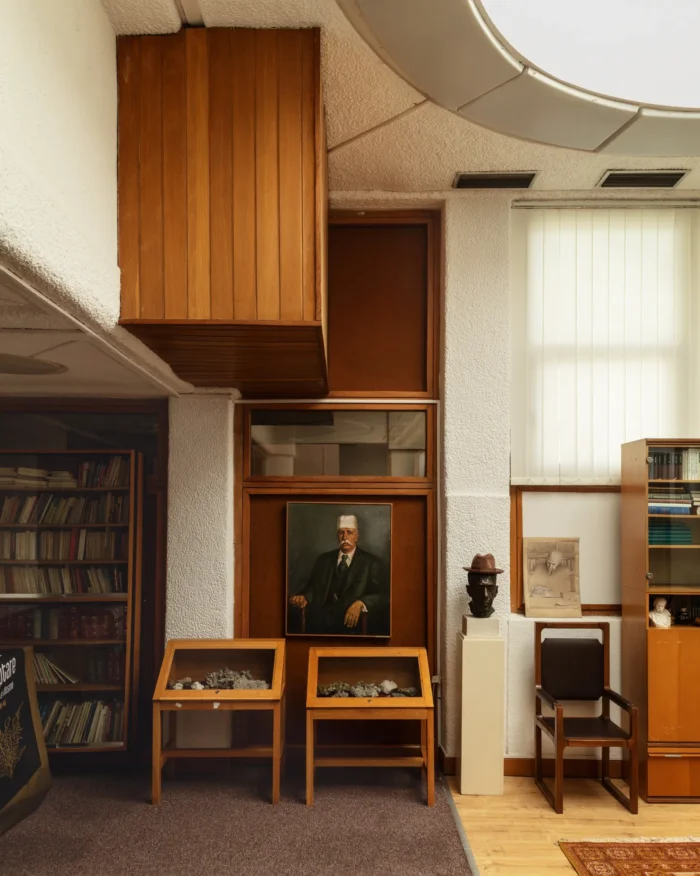
Like Fehmiu, Mutnjaković was interested in the idea of ‘Yugoslav regional ism’ – the idea that the nation, thanks to the dual impact of the Byzantine and Ottoman empires, had a singular architectural context. In his view, the two forms that reflected those influences were the cube (characteristically Byzantine) and the dome (typically Ottoman) – both elements that he had already experimented with in his plans for the Sarajevo Library.
After receiving the commission, Mutnjaković, who worked with what he likes to describe as an ‘atelier’ rather than a studio, began drafting the project with the help of two recent graduates. The detailed design was created in less than two years, though it took Ramiz Sadiku, one of the biggest construction companies in Yugoslavia, ten years to complete the building.
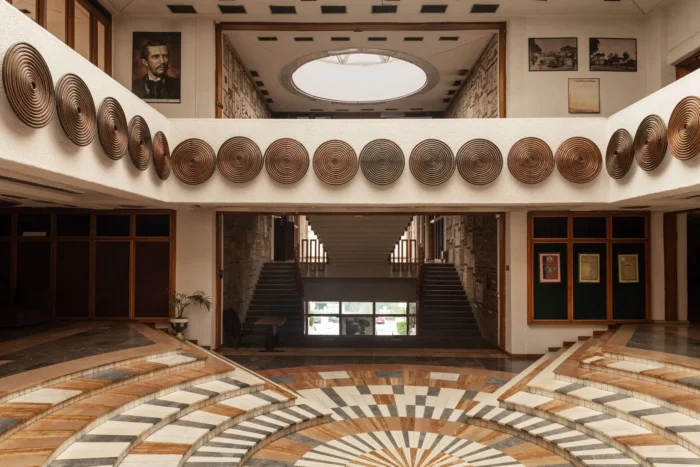
The level of detail in the architectural drawings reflects the principal’s dedication to the project, which he worked on for the next decade. He was given a free hand to select the best materials, the majority of which he sourced locally to reflect the specifically Yugoslav identity of the build- ing. The major exceptions were the characteristic plexiglass domes – these were manufactured in Hamburg by Kopperschmidt, the company that had made the cockpit caps for Messerschmitt fighter aircraft during World War II. (According to an urban myth that Mutnjaković finds particularly amusing, the library has 99 domes. There are in fact 74.) The book escalators were also made in Germany.
Asked about his other influences in designing the building, Mutnjaković, now living in Zagreb, explains that he looked for inspiration to other local elements as well as his own upbringing. When he was a child, his father took him across Croatia to see the work of the 15th-century Dalmatian architect Andrea Alessi; the budding building buff loved how Medieval church architects used carved stonework, such as rose windows, to soften the light that penetrated their interiors. ‘I tried doing the same in Pristina, but the structural engineers scared me into choosing the lightest material available at that time. For that reason, I decided to use sandcast aluminium to wrap the whole building,’ Mutnjaković explains. The façade includes more than 70,000 hexagonal elements. It was a visit to the tomb of the Ottoman Sultan Murat in Mazgit, just outside of Pristina, that prompted him to use local slate to cover the concrete exterior that he had originally planned to leave exposed. The motif of the Illyrian spiral, a symbol of the ancient ancestors of modern Albanians, appears as the crest of the library and is repeated throughout the interior, from the main hall to the walls of the small amphitheatre and on the carpets in the administrative areas.


The library’s furniture and fixtures were influenced by the many monasteriesMutnjaković visited as a child and early in his architectural career. He put a lot of thought into designing furniture that would be comfortable enough for hours of reading but sufficiently uncomfortable to discourage snoozing. The reading-room tables were covered in leather, which warms up quickly, so students wouldn’t feel cold when they arrived in the morning to work. Instead of having a cavernous reading room with long banks of desks, a common feature of central libraries, this one is fragmented into smaller zones, allowing undergraduates to find their own corner in which to study in relative privacy. Every element in this building has such a story and a similar degree of care dedicated to its crafting. One could spend hours (if not days) listening to its creator talk you through his design journey.
Finally completed in 1982, the library is undoubtedly Mutnjaković’s best-known building, and the only one to receive international renown. To this day, it’s one of the most visited sites in Kosovo, with opinions split between those who find it mesmerising and those who consider it dull, prison-like or plain ugly. Love it or hate it, as the Chilean Pritzker Prize winner Alejandro Aravena put it when he visited: ‘You can clearly see that the architect gave his all to design this building and that it serves its purpose in the best possible way’.
The National Library of Kosovo ‘Pjetër Bogdani’, Hasan Pristina Square, Pristina 10030, Kosovo. For more information, visit biblioteka-ks.org



